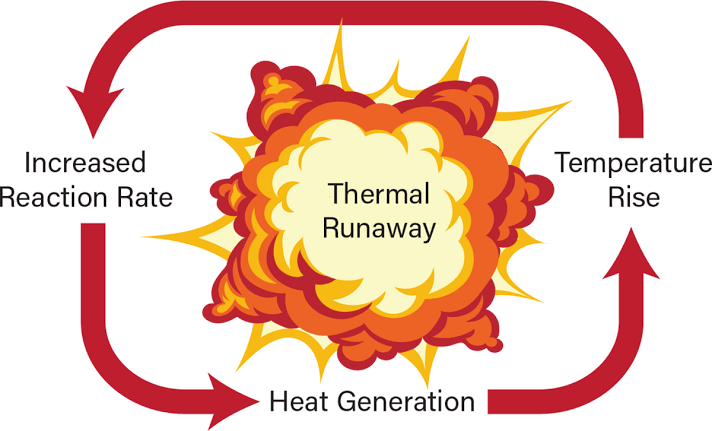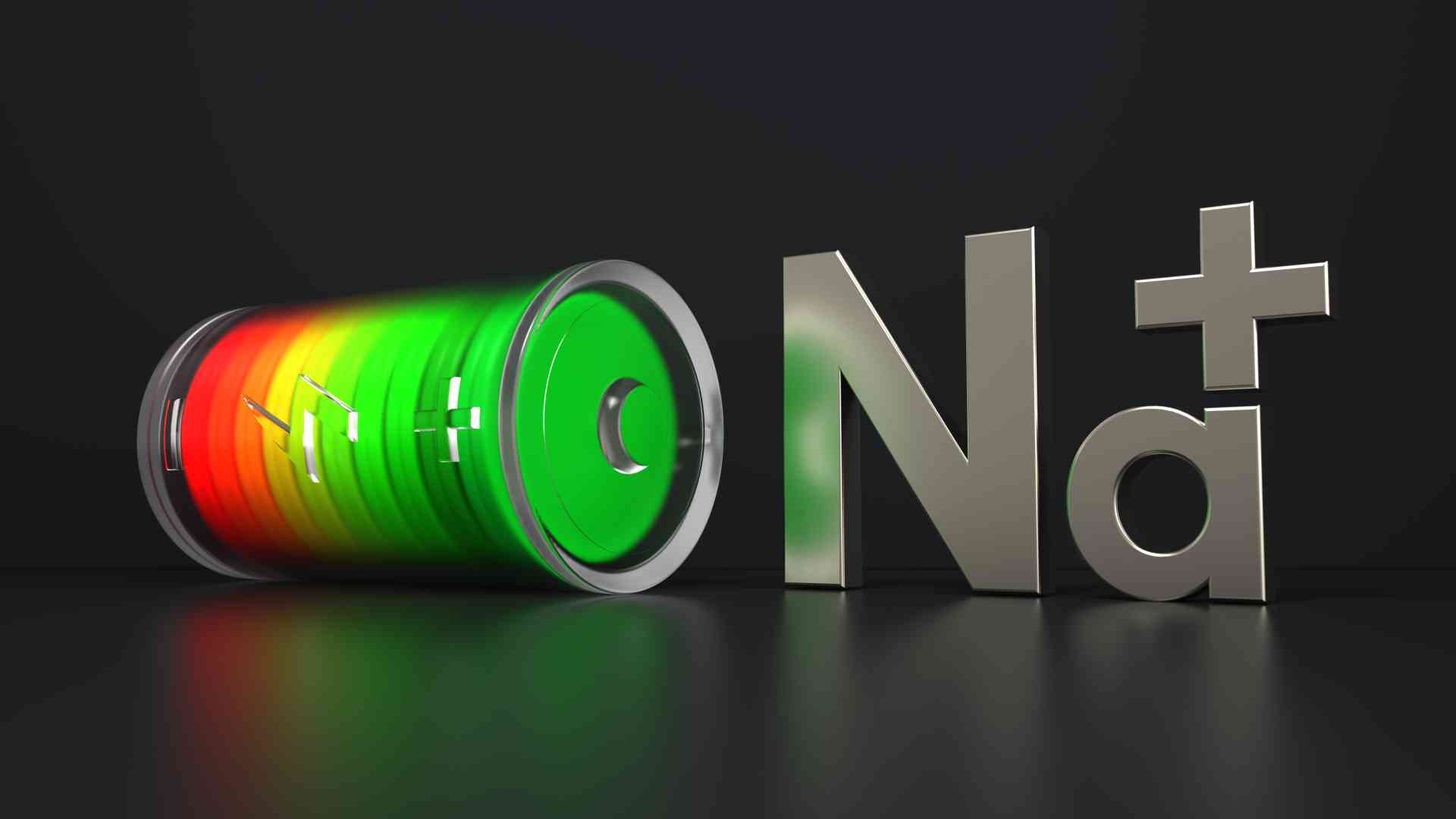Solid-State Battery Safety - Can They Really Prevent Thermal Runaway?

As the demand for electric vehicles (EVs) and renewable energy storage continues to soar, the limitations of traditional lithium-ion batteries are becoming increasingly apparent. One of the most pressing concerns is the risk of thermal runaway – a dangerous chain reaction that can lead to fires and explosions.
Enter solid-state batteries, a promising alternative with the potential to revolutionize energy storage. By replacing the flammable liquid electrolyte found in conventional lithium-ion batteries with a solid electrolyte, solid-state batteries offer significant safety advantages, including a greatly reduced risk of thermal runaway.
Understanding the Threat: How Thermal Runaway Occurs
Thermal runaway is a self-perpetuating cycle of heat generation within a battery that can occur when the battery's internal temperature reaches a critical point. This can be triggered by various factors, including:
- Overcharging: When a battery is overcharged, excess lithium ions accumulate on the anode, potentially leading to the formation of lithium dendrites that can pierce the separator and cause a short circuit.
- High temperatures: Elevated temperatures accelerate the chemical reactions within a battery, leading to increased heat generation and a higher risk of thermal runaway.
- Mechanical damage: Physical damage to a battery, such as punctures or crushing, can compromise the separator and trigger a short circuit.
- Manufacturing defects: Impurities or inconsistencies in the manufacturing process can create internal short circuits, increasing the likelihood of thermal runaway.
Once initiated, thermal runaway generates its own heat, leading to a rapid increase in temperature and pressure within the battery. This can cause the flammable liquid electrolyte to vaporize and ignite, resulting in fires, explosions, and the release of toxic gases.
Solid-State Solutions: How They Mitigate Thermal Runaway
Solid-state batteries offer a compelling solution to the thermal runaway problem by eliminating the flammable liquid electrolyte that poses a significant fire hazard in conventional lithium-ion batteries. The key advantages of solid electrolytes include:
- Non-flammability: Solid electrolytes are inherently non-flammable, significantly reducing the risk of fire in the event of a short circuit or other failure.
- Higher thermal stability: Solid electrolytes exhibit higher thermal stability compared to liquid electrolytes, making them less susceptible to thermal runaway at elevated temperatures.
- Improved dendrite resistance: Some solid electrolytes possess superior mechanical properties that can suppress dendrite formation, reducing the risk of internal short circuits.
These characteristics make solid-state batteries a safer alternative for applications where thermal runaway is a major concern, such as electric vehicles and grid-scale energy storage.
Not a Silver Bullet: Challenges and Ongoing Research
While solid-state batteries offer significant safety advantages, they are not a perfect solution. Challenges remain, and research continues to address these limitations:
- High Cost: Currently, solid-state batteries are significantly more expensive to manufacture than conventional lithium-ion batteries.
- Lower Ionic Conductivity: Some solid electrolytes exhibit lower ionic conductivity than liquid electrolytes, leading to reduced power output and slower charging times.
- Interface Issues: Maintaining a stable interface between the solid electrolyte and the electrodes can be challenging and impact the battery's performance and lifespan.
Researchers are actively exploring new materials and manufacturing techniques to overcome these challenges. Promising avenues include:
- Developing solid electrolytes with higher ionic conductivity and wider electrochemical windows.
- Optimizing electrode materials and interfaces to improve compatibility with solid electrolytes.
- Scaling up manufacturing processes to reduce production costs and increase availability.
Looking Ahead: A Safer Future for Energy Storage
Solid-state batteries represent a significant leap forward in battery technology, offering enhanced safety, energy density, and performance. While challenges remain, ongoing research and development efforts are paving the way for their widespread adoption in various applications, from electric vehicles to portable electronics.
As the technology matures and costs decrease, solid-state batteries hold the potential to transform the energy storage landscape, enabling a future powered by safer, more efficient, and more sustainable energy solutions.

















Comments ()